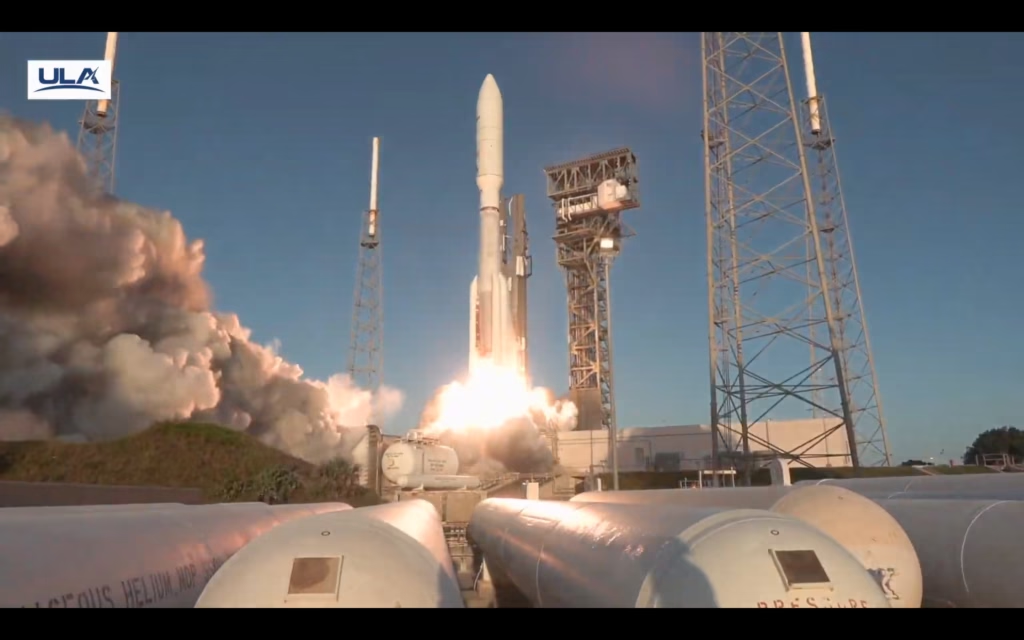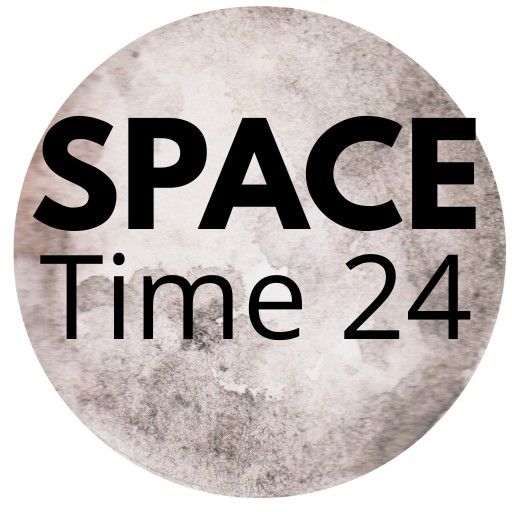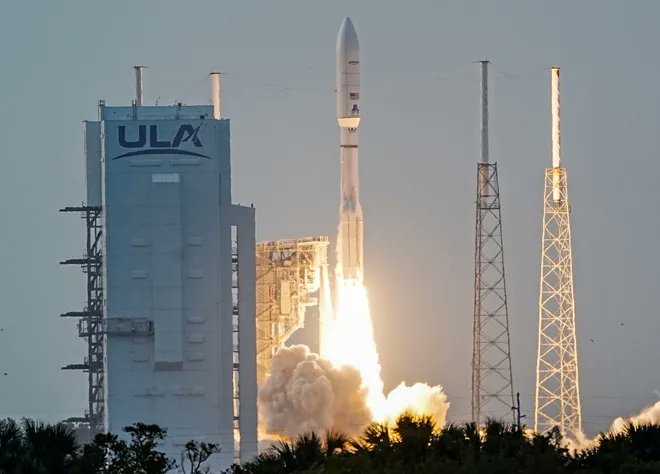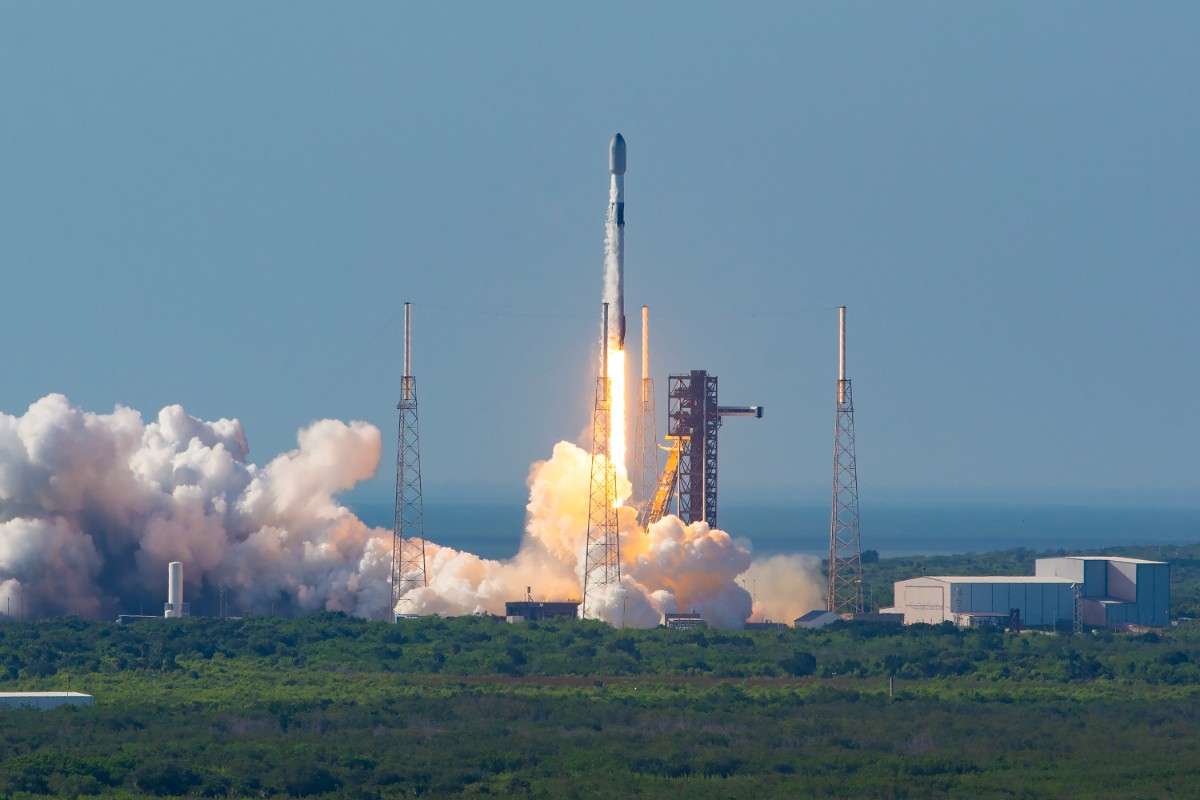ULA’s Atlas V rocket launched Amazon’s Project Kuiper satellites second batch Today, on June 23, 2025. Learn how this mission boosts Amazon’s global satellite internet network.

ULA’s Atlas V rocket deployed Amazon’s Project Kuiper satellites into Space
Cape Canaveral, FL — June 23, 2025
United Launch Alliance’s (ULA) Atlas V rocket successfully lifted off at 6:54 a.m. EDT (10:54 UTC) from Cape Canaveral Space Launch Complex-41, carrying the second group of satellites for Amazon’s Project Kuiper—a mission known as Kuiper-2. This marks another significant step in Amazon’s long-term plan to build a global broadband internet constellation.
The Kuiper-2 mission follows the inaugural launch of Kuiper satellites in 2023, reinforcing Amazon’s commitment to deploying over 3,200 satellites to provide affordable, high-speed internet to underserved and remote regions worldwide. With today’s deployment, Amazon continues to build momentum toward its goal of deploying half the constellation by 2026, as mandated by the U.S. Federal Communications Commission (FCC).
The Atlas V 501 rocket, known for its precision and reliability, was selected for its ability to deliver payloads into mid-inclination orbits required for the Kuiper network. This launch demonstrated ULA’s capability to meet Amazon’s requirements for safety, accuracy, and schedule performance.
Today’s launch concluded without any reported anomalies. The live coverage of the countdown and liftoff ended shortly after orbital insertion was confirmed.
Amazon’s Project Kuiper aims to compete with SpaceX’s Starlink and other satellite internet providers. Unlike Starlink’s lower orbits, Kuiper satellites are positioned at various altitudes to optimize coverage and latency, with focus areas including the Americas, Europe, Africa, and parts of Asia.
More launches are planned throughout 2025 and 2026, with multiple launch providers including Blue Origin, Arianespace, and ULA tasked with delivering the remaining payloads into orbit.
ULA confirmed deployment of satellites on X.
All Kuiper 2 satellites have successfully deployed into space! Congratulations to Amazon and the Project Kuiper team and thank you for again entrusting United Launch Alliance and the Atlas V rocket to deliver.
What Is Amazon’s Project Kuiper?
Amazon’s Project Kuiper is a multibillion-dollar initiative to build a low Earth orbit (LEO) satellite constellation designed to provide high-speed, low-latency broadband internet to underserved and remote communities across the globe. The project will deploy 3,236 satellites in LEO at altitudes ranging from 590 km to 630 km.
Led by Amazon subsidiary Kuiper Systems LLC, the project is similar in ambition to SpaceX’s Starlink and OneWeb. Project Kuiper aims to support educational institutions, emergency responders, rural communities, and businesses that lack access to reliable connectivity.
Amazon has committed over $10 billion to the project and has already built a dedicated satellite processing facility in Florida, a ground network, and custom-designed terminals for end-users. These terminals are expected to be compact, affordable, and easy to install, making them ideal for home, business, and government use.
Kuiper satellites are built with advanced propulsion, power systems, and onboard processing technology. Amazon also plans to integrate Kuiper connectivity into its broader ecosystem—supporting services like AWS cloud infrastructure and Alexa-enabled devices.
To meet regulatory deadlines, Amazon must deploy at least 1,618 satellites by July 2026, which is why launches have now accelerated through multiple launch providers including United Launch Alliance (ULA), Blue Origin, and Arianespace.
News Source:-
https://x.com/ulalaunch/status/1937107462265450954?t=nWkzLRcWNnKM5QiOIbrxOQ&s=19
https://x.com/ulalaunch/status/1937118674499874819?t=X2Z780bbK_gwFZPNqlgSmg&s=19
FAQs About Project Kuiper
What is Project Kuiper’s main goal?
Project Kuiper aims to provide global broadband internet coverage, especially in areas where traditional fiber or cable internet is unavailable or unreliable.
How many satellites will Kuiper launch?
Amazon plans to launch 3,236 satellites into low Earth orbit, with at least 50% to be operational by mid-2026, as required by the FCC.
How fast is the internet from Kuiper expected to be?
Amazon has not released full commercial specifications, but test models have shown speeds of up to 400 Mbps with low latency—comparable to high-end fiber services.
How does Kuiper compare to SpaceX Starlink?
Both are LEO satellite constellations offering broadband internet.
- Starlink is ahead in deployment with over 6,000+ satellites already in orbit.
- Kuiper is still in its early phases but plans to leverage Amazon’s cloud infrastructure, logistics, and e-commerce scale to gain competitive advantage.
Who is launching Kuiper satellites?
Amazon signed launch contracts with:
- ULA (using Atlas V and upcoming Vulcan rockets)
- Blue Origin (Jeff Bezos’ company, using New Glenn)
- Arianespace (using Ariane 6)
These represent one of the largest commercial launch agreements in history.
When will Kuiper internet be available to customers?
Service is expected to begin in late 2025 or early 2026, after a critical mass of satellites is operational. Amazon will begin beta testing with selected users before public rollout.
Will Kuiper integrate with AWS or other Amazon products?
Yes. Kuiper is expected to work in tandem with Amazon Web Services (AWS) to power cloud-based applications, IoT systems, and remote enterprise services.
What equipment is needed to use Kuiper internet?
Users will need a Kuiper terminal, which Amazon says will be compact and affordable, similar in size to a pizza box. It includes a flat-panel antenna and built-in modem.


